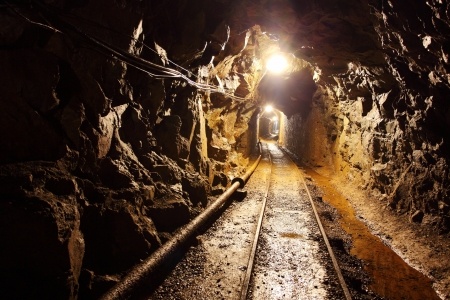
On January 4, 2016, the West Virginia Office of Miners’ Health, Safety, and Training reports that an accident involving a mine belt at the Greenbrier Minerals Lower War Eagle Mine in Cyclone, Wyoming County killed a 53 year old employee working as a fire boss and belt man. While mining is a much safer occupation today than in years past (there were only two mining related on the job deaths in West Virginia in 2005) people working in America’s mining industry still face many occupational dangers. Some of the most common on the job accidents in the mining industry include:
- Cave-Ins
- Gas Explosions, usually caused by methane gas buildup from improper ventilation
- Vehicle or Heavy Equipment Accidents
- Chemical Exposure, including contact exposure, fume inhalation, and tailing retention runoff
- Particulate or Dust inhalation
- Fires
- Electrocution
- Flooding
Safety Improvements
Over the last decade or so a number of high profile mining disasters in the United States and abroad, including the Upper Big Branch Mine Disaster in Raleigh County, West Virginia, have resulted in an increased awareness of mining safety and has brought about a variety of regulatory changes within the industry.
On April 5, 2010 a coal dust explosion at a depth of about 1,000 feet at the Upper Big Branch Mine killed twenty-nine of the thirty-one miners working on site at the time. Independent investigations after the incident found that the mine’s owner, Alpha Natural Resources, and its predecessor company, Massey Energy, had a history of ongoing critical safety violations that went back for years before the disaster. Additionally investigators placed blame on the U.S. Department of Labor and the Mine Safety and Health Administration for overlooking hundreds of safety violations and failing to inform workers that the facility was not in compliance with safety standards set out by state and Federal law. Eventually settlements were reached in the matter totaling well over $200 million dollars, and criminal charges were brought against the mine superintendent for conspiracy to impede enforcement efforts.
Incidents of improper action by the Mine Safety and Health Administration have been a reoccurring theme throughout the years in the United States, and enforcement can be an issue, partially due to notoriously low fines for noncompliance with safety regulations. A 2014 study of over twenty years of information found that:
- Over $70 million in penalties were outstanding from 2,700 mining companies.
- Mines that are delinquent on penalties have injury rates 50% greater than mines that pay violation fines.
- Companies that are delinquent on fine payments typically continue to violate safety standards.
- Approximately 40,000 violations that remain outstanding are categorized as “Significant and Substantial”—without intervention they would likely have resulted in injury or death.
Help for Victims of a Failing System
The majority of America’s electricity that we use every day to make modern life possible is generated through coal burning power plants, but the agency that exists to protect the employees who make this possible fail them on a regular basis. And these failures lead to deaths or lifelong injuries. If you or a family member has been injured or killed in a mining accident, contact a representative of Colombo Law to discuss your situation. Our experienced personal injury attorneys will fight to get you the compensation you deserve for your wrongful death or work related injury.










